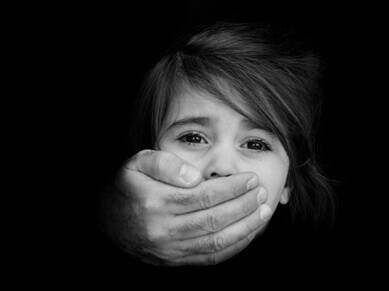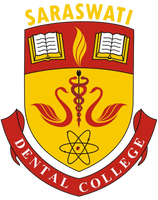
CHILD ABUSE & NEGLECT: ROLE OF A DENTIST
Child abuse is a grave violation of a child’s fundamental rights and is a significant international public health concern. It does not differentiate between classes and masses and pervades in all strata of society.
It has serious physical and psychosocial consequences that adversely affects the health and overall well-being of the child. Not only the world’s highest number of working children, but also the world’s largest number of sexually abused children are prevalent in India.
Dentists are at a vantage point when it comes to identifying child abuse. Literature shows that about 60%–75% of child abuse victims present with head, face, and mouth injuries. Furthermore, dental practitioners and auxiliaries come in regular contact with children and their caregivers and thus have an opportunity to assess not just their physical and psychological conditions but also their family environment.
In Indian scenario, Kacker et al. report that 2 out of every 3 children are physically abused (88.6% by their own parents), 53.2% children face one or more forms of sexual abuse, and every second child reported facing emotional abuse (parents were the abusers in 83% of the cases)
Large proportion of child abuse cases go unreported. It is seen that dental graduates are not well prepared to recognize such cases, and even if they can do that, they do not have adequate knowledge about how or where to report them.
Dental neglect can manifest orally as unattended dental caries that can be easily visually identified by an average individual, ulcers in the oral cavity, and extraorally, dental problems that impact the child directly. The child also exhibits behavioural problems which are indicative of not just dental but other types of isolation problems as well.
Dentists are at an advantage when it comes to identifying child abuse. As most of the characteristic signs can be visualized in the craniofacial and oral regions, the identification and reporting of abuse becomes not just a moral but legal responsibility as well. Not just this, it is observed that perpetrators keep changing the hospitals and clinicians to avoid suspicion; however, they visit the same dentist repeatedly.
Further probing should be done when children exhibit violent behaviour, withdrawal from touch, oblivious of environment, wary of adults, watchful, unusual sexual behaviour or knowledge, wearing unusual clothing for the season. The dental team should begin observing a child as soon as he/she enters the dental clinic for signs of limp, favouring a particular limb/body part, ability to sit with/without difficulty apart from their emotional/mental state. A responsible dental team follows 4 Rs – recognize, record, report, and refer when it comes to child abuse.
Child abuse is odious act deserving the severest of censure. Dentists can easily recognize it and must take a proactive role in helping the victims. Interdisciplinary coordination is needed with pediatric dentists or with a person with formal training in forensic odontology to ensure proper testing, diagnosis, and treatment.
We, the pediatric dentists, at Saraswati Dental College, give importance to this subject and ensure that no such event goes unreported from our Department.



No Any Replies to “child abuse and neglect - role of dentist”
Leave a Reply